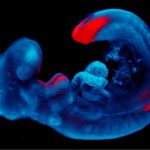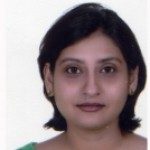Link to Pubmed [PMID] – 25060274
Hum. Hered. 2014;77(1-4):108-17
Disorders of sex development (DSD) are defined as ‘congenital conditions in which the development of chromosomal, gonadal, or anatomical sex is atypical’ [Lee et al., Pediatrics 2006;118:e488-e500]. Studies conducted in Western countries, with low rates of consanguinity, show that truly ambiguous genitalia have an estimated incidence of 1:5,000 births. There are indications that the prevalence of DSD is higher in endogamous communities. The incidence of ambiguous genitalia in Saudi Arabia has been estimated at 1:2,500 live births; whilst in Egypt, it has been estimated at 1:3,000 live births. This may be due in part to an increase in disorders of androgen synthesis associated with 46,XX DSD. There is clearly a need for further studies to address the frequency of DSD in communities with high levels of consanguinity. This will be challenging, as an accurate diagnosis is difficult and expensive even in specialized centres. In developing countries with high levels of consanguinity, these limitations can be compounded by cultural, social and religious factors. Overall there is an indication that consanguinity may lead to an increase in incidences of both 46,XY and 46,XX DSD, and a co-ordinated study of populations with higher incidences of consanguinity/endogamy is needed to resolve this.


